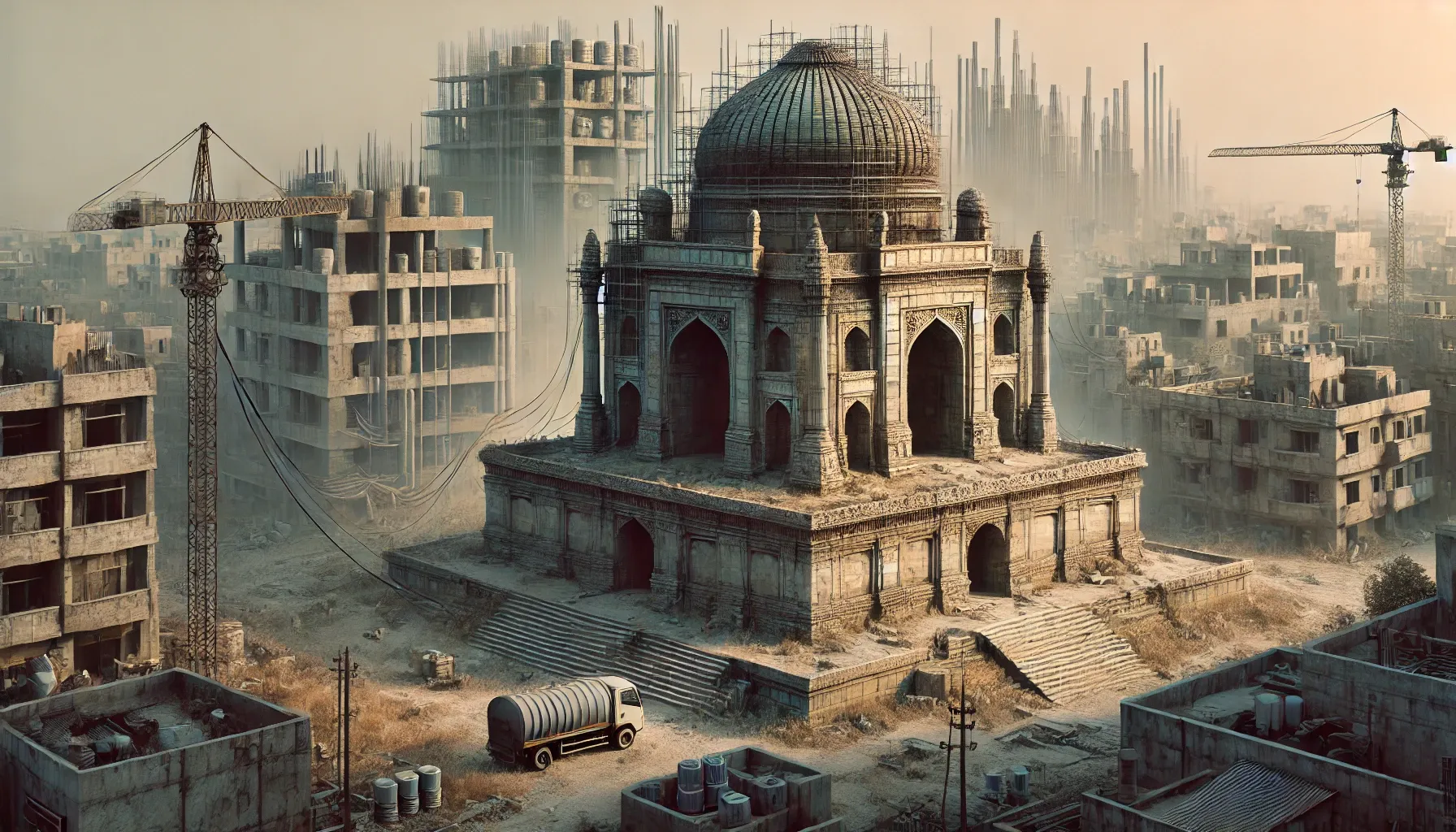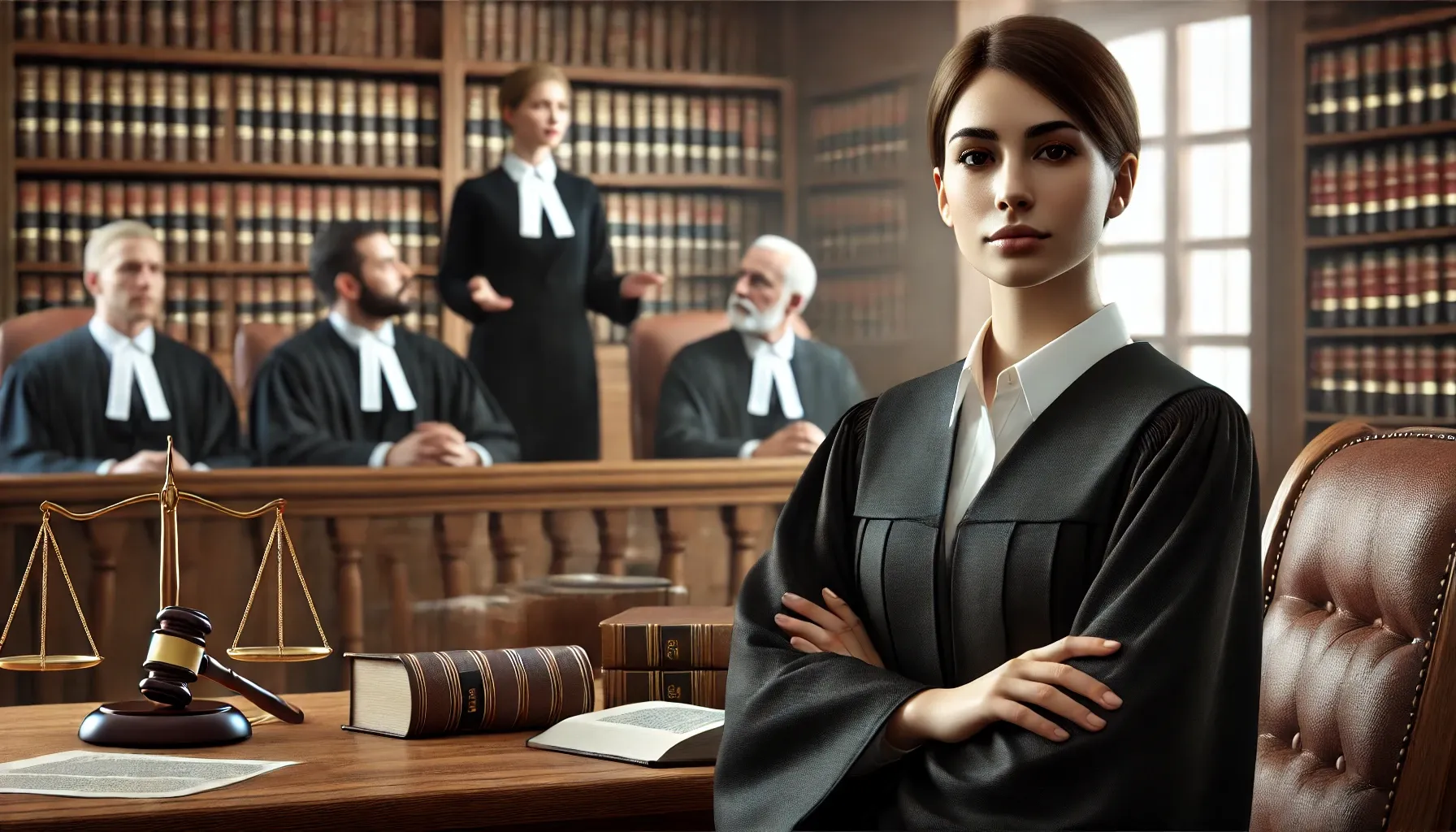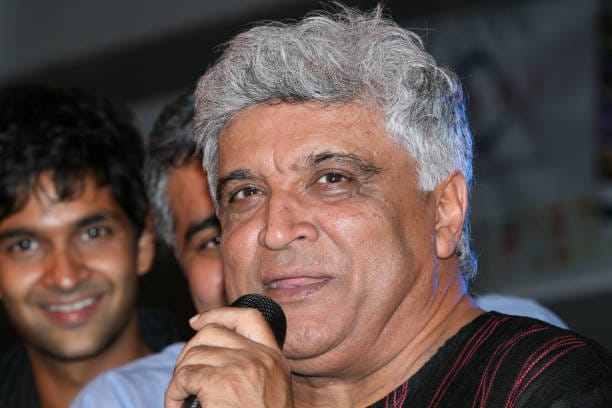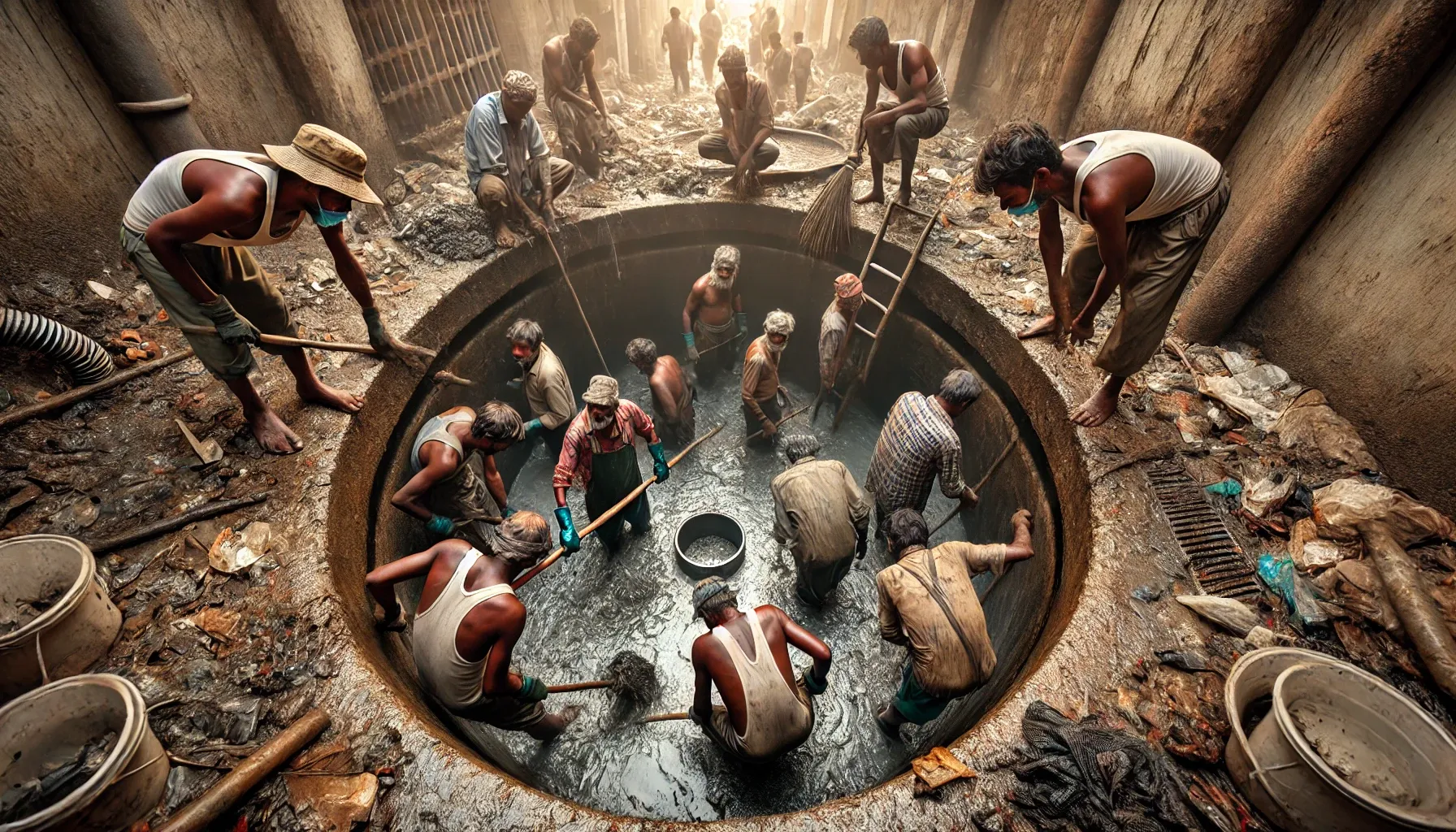The Supreme Court directed a probe into DCWA's illegal occupation of the 500-year-old Shaikh Ali Gumti, highlighting ASI's inaction and ordering expert assessment to restore the monument’s historical significance.

The Supreme Court of India has taken strong exception to the illegal occupation and unauthorized alterations to the 500-year-old Shaikh Ali Gumti, a tomb of archaeological significance dating back to the Lodhi era. The tomb, located in Delhi, has been used as an office by the Defence Colony Welfare Association (DCWA) for over six decades. Acting on a petition filed by Rajeev Suri under the Ancient Monuments and Archaeological Sites and Remains Act, 1958 (AMASR Act), the Court has ordered an investigation into the occupation and the role of authorities responsible for its neglect.
Court Appoints Expert for Damage Assessment
- A bench comprising Justices Sudhanshu Dhulia and Ahsanuddin Amanullah appointed Ms. Swapna Liddle, an expert and former convener of INTACH (Delhi Chapter), to survey the monument and assess the damage caused.
- The Court tasked her with preparing a report within six weeks, detailing the extent of the damage and the methods required for restoration.
CBI’s Preliminary Findings
The Central Bureau of Investigation (CBI) submitted a preliminary report highlighting:
- Illegal Occupation by DCWA:
- The DCWA has been using the Gumti as its office since 1963, despite the Land and Development Office (L&DO) confirming that it never allocated the property to any organization.
- The tomb is under unauthorized occupation, with the L&DO retaining ownership.
- Unauthorized Alterations:
- Significant changes have been made to the monument, including:
- Installation of electricity and water meters.
- Construction of a washroom, parking shed, and false ceiling.
- Conversion of openings and installation of MTNL cables and wooden cabinets.
- Significant changes have been made to the monument, including:
- Role of ASI:
- The Archaeological Survey of India (ASI) has failed to protect the monument, citing alterations as grounds for withdrawing its status as a protected site.
- The CBI contested ASI’s justification, stating that no provision in the AMASR Act excludes a monument from protection due to alterations.
Supreme Court's Observations
- The Court lauded the CBI’s efforts, stating, “The CBI has done excellent work in bringing before this Court the sequence of events, which have led to the neglect of the monument and the total unauthorized occupation of a building of archaeological importance.”
- The bench criticized the ASI’s inaction, with Justice Ahsanuddin Amanullah remarking:
- “Your role [ASI] has been very inactive.”
- Justice Amanullah questioned the ASI and Central Government’s credibility, highlighting the shift in their stance from recommending the monument’s protection to withdrawing it after DCWA’s objections.
Key Directions Issued by the Court
- CBI Investigation:
- The CBI has been directed to examine:
- Circumstances leading to DCWA’s occupation of the Gumti.
- Reasons for ASI’s and the Central Government’s stance change following DCWA’s objections.
- Authorization behind alterations to the monument.
- Failure of authorities in preventing modifications.
- The CBI has been directed to examine:
- Protection Measures:
- The Court reiterated its order dated March 12, 2024, prohibiting further alterations to the monument, warning of serious consequences for any violations.
- The CBI was impleaded as a respondent and directed to submit a progress report within two months.
Historical Background
- 2004 Gazette Notification:
- On February 9, 2004, the Central Government issued a notification to declare the Gumti a monument of national importance.
- Public objections were invited, and the DCWA objected on April 7, 2004, claiming alterations had affected the monument’s originality.
- ASI’s Shift:
- Initially, the Superintending Archaeologist of the ASI’s Delhi Circle supported protecting the Gumti. However, by 2008, the ASI withdrew its recommendation, stating that the alterations rendered the structure ineligible for protection.
- Delhi HC Ruling:
- In 2019, the Delhi High Court dismissed Rajeev Suri’s petition to declare the Gumti a protected monument, citing loss of originality due to DCWA’s alterations.
- Present Petition:
- Dissatisfied with the High Court’s decision, Suri approached the Supreme Court, seeking the monument’s protection under the AMASR Act.
Court’s Criticism of ASI and Central Government
- The Court expressed surprise at the ASI’s inconsistency, remarking:
- “We are surprised at the turn of events. In 2004, the ASI recommended the structure’s protection. Later, it claimed that the Gumti had lost its originality due to DCWA’s alterations. This creates doubt on the bona fides of the ASI and the Central Government.”
- It questioned how objections from a private association led to the reversal of a governmental recommendation for national protection.
Significance of the Case
- The judgment underscores the importance of preserving national heritage and holding authorities accountable for their neglect.
- By involving the CBI and an expert in the investigation, the Court aims to ensure transparency and effective restoration of the monument.
- The case highlights the need for strict adherence to the AMASR Act, preventing misuse and unauthorized alterations to archaeological sites.
Case Details: Rajeev Suri v. Archaeological Survey of India & Ors., Special Leave to Appeal (C) No.12213/2019
Attachment:





